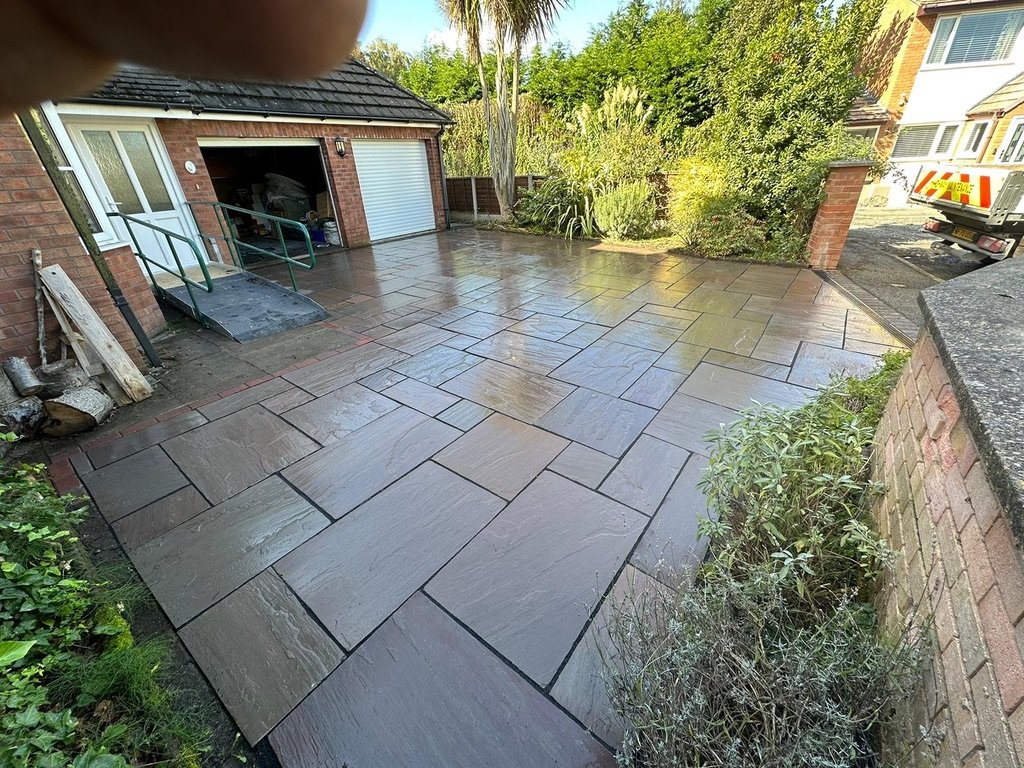Unearthing the Mysteries: Exploring the Origins of Indian Stone.

The Origins of Indian Stone. Indian stone has long been revered for its beauty, durability, and versatility. From ancient temples to modern architectural marvels, this natural material has played a significant role in shaping India’s rich cultural heritage. But where does Indian stone come from? Unearthing the mysteries behind its origins reveals a fascinating journey that spans centuries.
India is blessed with an abundance of natural stone resources, making it one of the world’s leading producers and exporters of stone. The country boasts a wide variety of stone types, including granite, marble, sandstone, limestone, and slate, each with its unique characteristics and aesthetic appeal. These stones are found in different regions across India, each with its distinct geological formations and mineral compositions.
Tracing the Ancient Roots: Unveiling the Historical Significance of Indian Stone
The historical significance of Indian stone can be traced back to ancient times. The use of stone in India dates back to the Indus Valley Civilization, one of the world’s oldest urban civilizations. The Harappan people, who inhabited the region around 2500 BCE, used stone extensively in their architecture, creating intricate carvings and sculptures that still astound archaeologists today.
Over the centuries, Indian stone continued to play a vital role in the construction of temples, palaces, and other architectural wonders. The exquisite carvings and sculptures found in ancient Indian temples, such as the famous Khajuraho and Konark temples, showcase the mastery of Indian artisans in working with stone. These structures not only served as places of worship but also as testaments to the artistic and architectural prowess of ancient India.

Geological Marvels: Understanding the Formation of Indian Stone
The formation of Indian stone is a result of millions of years of geological processes. Granite, for example, is formed deep within the Earth’s crust through the slow cooling and solidification of molten magma. The unique mineral composition of granite gives it its characteristic strength and durability, making it a popular choice for construction and sculpture.
Marble, on the other hand, is a metamorphic rock that forms when limestone is subjected to intense heat and pressure. The impurities present in the limestone give marble its distinctive veining and color variations, making it highly prized for its aesthetic appeal. The famous Taj Mahal, a UNESCO World Heritage Site, is a testament to the beauty and elegance of Indian marble.
From Quarry to Masterpiece: The Journey of Indian Stone in Art and Architecture
The journey of Indian stone from quarry to masterpiece is a labor-intensive process that requires skill, precision, and craftsmanship. Once the stone is extracted from the quarry, it undergoes various stages of processing, including cutting, shaping, and polishing. Skilled artisans use traditional techniques passed down through generations to transform raw stone into works of art.
Indian stone has found its way into various art forms and architectural styles. From intricate carvings on temple walls to grand palaces adorned with marble, Indian stone has left an indelible mark on the country’s architectural landscape. The Red Fort in Delhi, with its red sandstone walls, and the Hawa Mahal in Jaipur, known as the “Palace of Winds,” are just a few examples of the architectural wonders created using Indian stone.
In conclusion, the origins of Indian stone are deeply rooted in India’s rich history and geological marvels. The abundance of natural stone resources, coupled with the skill and craftsmanship of Indian artisans, has made Indian stone a symbol of beauty and durability. From ancient temples to modern architectural marvels, Indian stone continues to captivate and inspire, showcasing the timeless allure of this remarkable material.

Artificial Grass compliments Indian stone and is a cost effective way to stretch your budget.
